Hilton: A Trinidad hotel
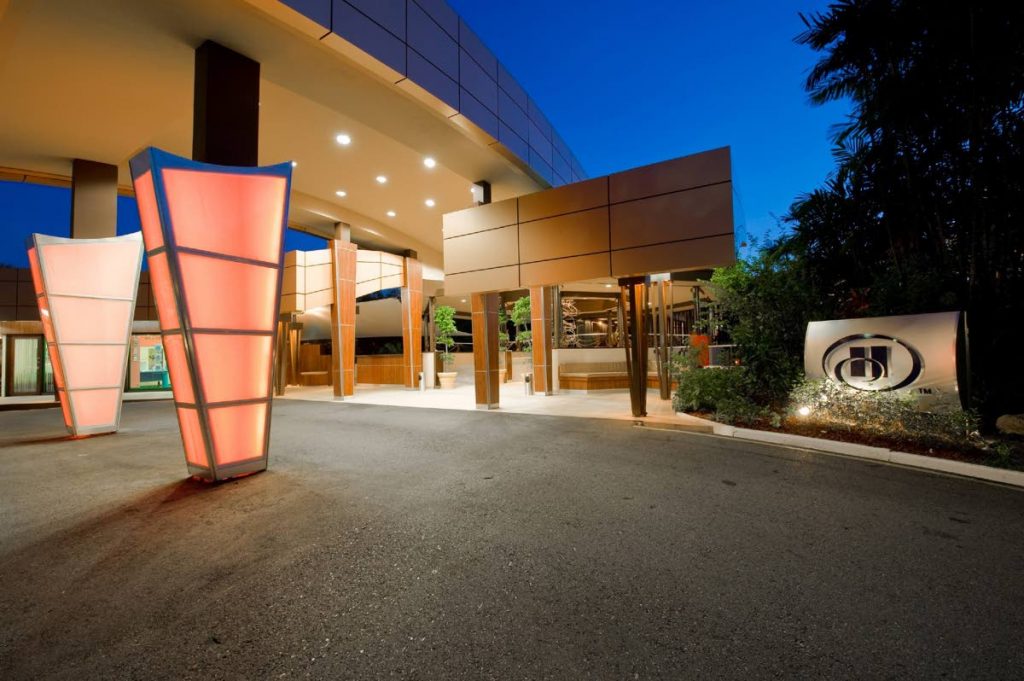
The Trinidad Hilton and Conference Centre has a legendary place in TT’s social history. Nestled at the foothills of St Ann’s, the location is one of the most coveted and spectacular in the country, hand-picked by Hilton founder, American hotel pioneer Conrad Hilton, and the location of the fourth international location for his now world-wide brand.
The property had originally been the Government House, a former residence for governors and chief justices, which had fallen into disrepair and obscurity, but rescued and restored to its current glory by Hilton, who immediately saw potential in its location.
“I think that’s why we have the best hotel in terms of views and close proximity to everything, like the Queen’s Park Savannah,” general manager Olivier Maumaire told Business Day last week.
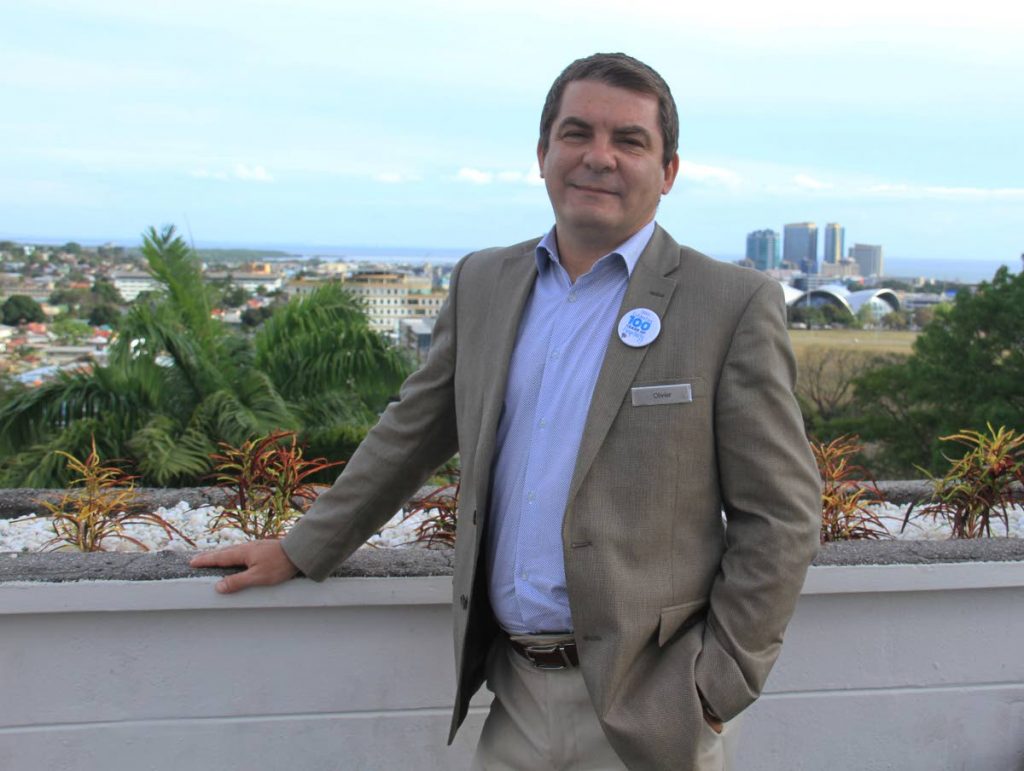
The hotel came to the island – or rather, it was invited to the island – with a mission. It would be an international space, with international standards designed to appeal to foreigners coming to the newly independent island, especially those here for work during the golden years of the oil industry. The hotel was commissioned by the government and just two months after the country raised its national flag for the first time, in 1962, the Hilton Trinidad opened its doors.
“When the hotel was built I think there was a sense of people to come and see what is the international standard and the hotel was the only one at that time with large catering facilities, and big on entertainment. Quickly, the hotel became dear to the island. Everyone has a memory here. All important things on the island were happening at the Hilton,” Maumaire said.
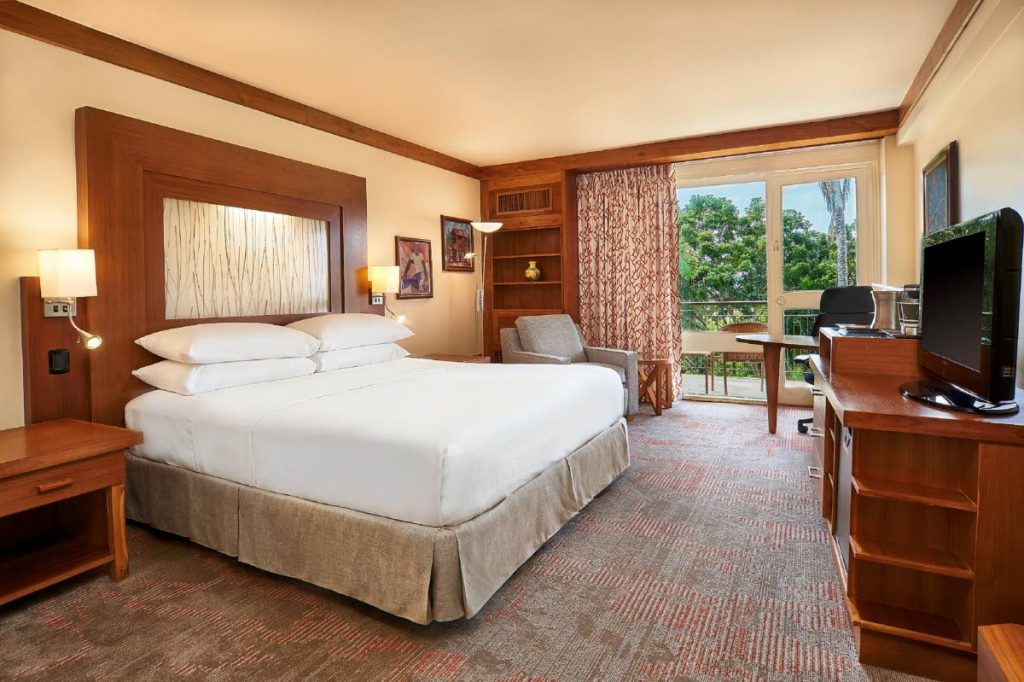
From the very beginning, the hotel was focused on being true to Trinidad. When it opened, it commissioned a large collection of art – one of the biggest private collections in the country – entirely from local artists. Even the design, the use of deep earthy tones and lots of wood and glass and open spaces, set against a spectacular backdrop of the Northern Range evoke a uniquely Trinidadian atmosphere.
“When you travel the world I think it’s very important that you know where you are and you have a sense of the culture – especially business travellers because when you’re at leisure you have time to explore, but as a business traveller your experience would be what you see and experience at the hotel. We really want our clients to experience what is Trinidad,” Maumaire said.
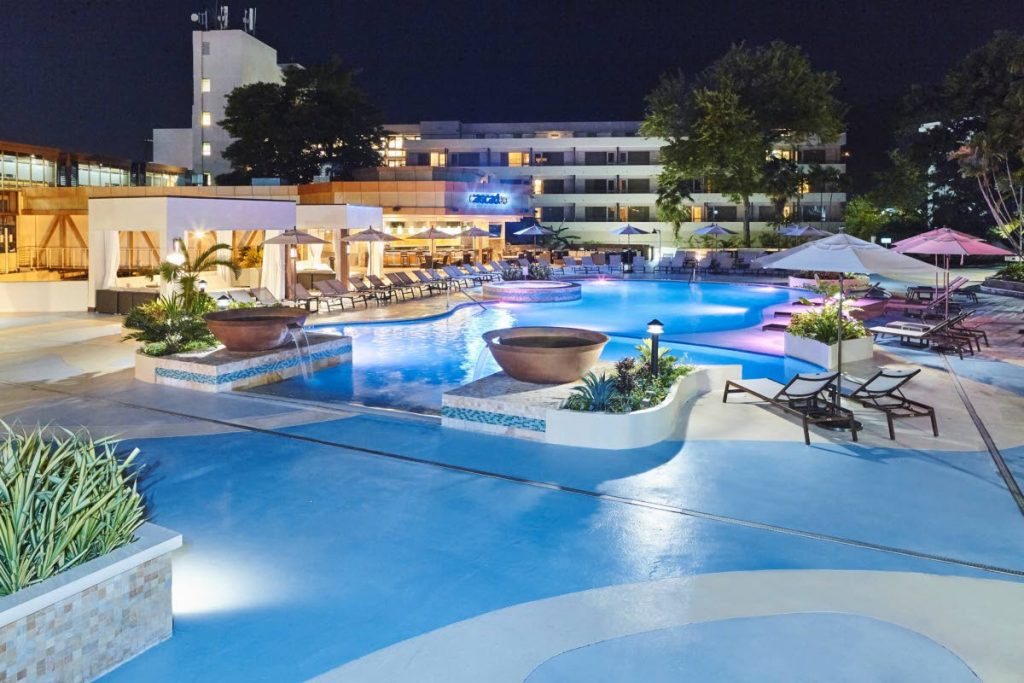
The architecture of this hotel, for example, is unique. “You couldn’t build this hotel again by international standards. It would be too costly to do with the bridges and the upside down design, and so on, so I think what our clients appreciate as well is the space.”
Maumaire, a Frenchman, has worked for the chain for 32 years, 25 of them in the Caribbean. He’s headed the Trinidad Hilton for the last two years, transferring from Aruba where he oversaw the opening of the Hilton there.
“My discovery is that this is one of the most dense cultures in the Caribbean because of the history and ethnicities on the island. And we really wanted to showcase that and give more back to the customer.”
Over the last two years, then, the hotel has tried to emphasise its engagement of local culture and flavours with a concerted effort to engage local suppliers and artists.
Embracing authenticity
First up, transforming the traditional tastes of hotel food.
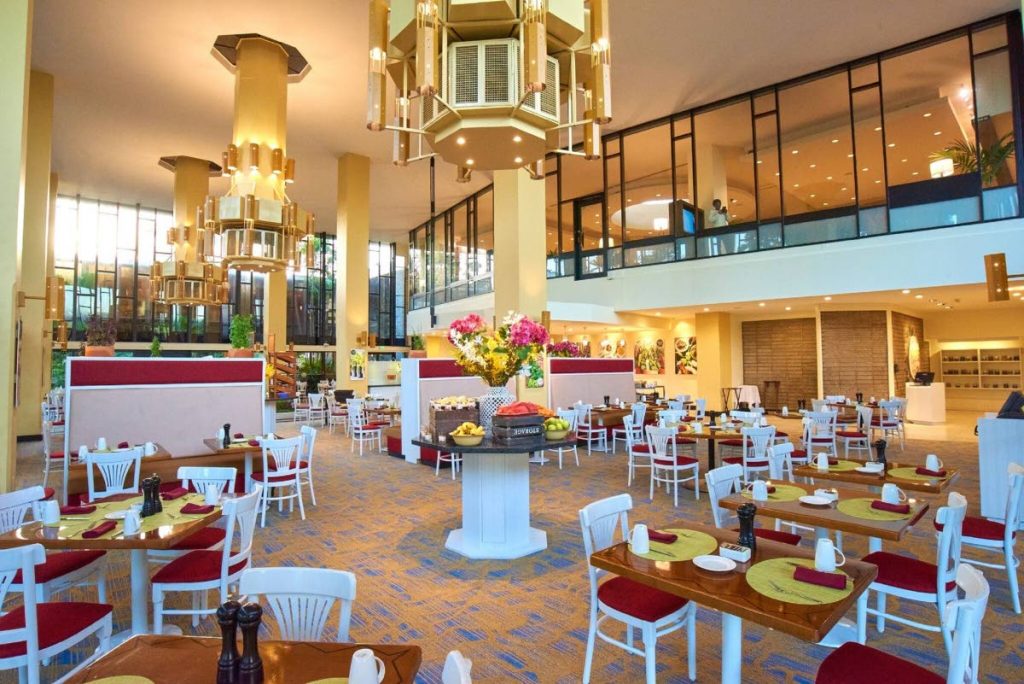
The Hilton offers traditional western staples like steak and hamburgers and club sandwiches, but Maumaire said the chefs have been working on a more local culinary experience to cater to the modern traveller who has a more sophisticated palate. “We started incorporating local flavours and spices in our menus that are true to the destination. I think the flavours of Trinidad are very rare in the Caribbean. Some of the spices here, because of the Indian and Middle Eastern influence, for example, you can’t find anywhere else in the Caribbean. It creates a unique cuisine. It’s a tribute from us. We even opened a restaurant called Herbs and Spices that we think that is pretty much what is the cuisine here,” he said.
The hotel is also making a commitment to source as much fresh, local produce as it can to provide a sustainable market. He admits it’s not easy here because of how small the island and the agriculture industry is, which makes it unreliable to consistently get the volumes it needs, but it’s a start. The hotel’s procurement office has started a fresh fish programme, working with local fishermen, and a similar one for vegetables. “It’s not 100 per cent, but the will is there,” he said.
The hotel is also working hard to promote Trinidadian chocolate. Maumaire remarked that before he came to Trinidad, he had no idea about TT’s famous Trinitario cocoa beans. “It’s one of the best in the world. I was really intrigued by how come you have that product that cannot be anywhere else in the world and we don’t take advantage of it.” He reached out to the Trinidad Fine Cocoa Company (which also produces speciality chocolates for UK department store Harrods), to develop a product specifically for the Hilton that met the hotel’s strict quality standards. “We would import chocolate from Belgium, for example, which in turn would have been made from Trinidad’s cocoa. That’s a waste of energy when you have the beans here but mastering the product (refining and chocolate making) was not. (Trinidad Fine Cocoa) was dedicated to that.” It took six months to get a product satisfactory to Hilton’s standards, and since then, the hotel has not bought any chocolate outside of Trinidad for its domestic supply.
“Everything is made here. We even took it one step further. We now have the Chocolate Box, a shop that’s also a laboratory so you can see the process and tailor the flavours you want, including local flavours like scorpion pepper truffles and tonka bean bon bons,” he said.
He’s proud of that achievement and hopes to replicate it with a tea company in Tobago called TeaBago. “We have the will of doing business and it’s a magnificent product that’s top quality. They are trying to tailor their manufacturing to meet our needs. Right now they cannot in terms of production in quantities but they are willing to do business with us so we hope to have that soon and we can offer something different to our customers,” Maumaire said.
Celebrating art & culture
Next, it’s art and culture. The hotel’s commitment to local art is already well-known. Its most recent acquisitions included pieces meant for the refurbished presidential suite. But probably its most noteworthy cause is its Art at the Hilton initiative, a quarterly or so event in conjunction with Horizons Art Gallery, where eight to ten local artists are invited to show their work in the hotel’s lobby. It’s open to the public and the pieces are available for sale. The project started about a year and a half ago and it’s now prepping for its 13th iteration. “It’s not generic pieces, it’s part of Trinidad,” Maumaire said. And then there’s music. Hilton has also partnered with the Academy of the Performing Arts at the UTT where up and coming musicians can hone their talents and gain valuable experience and exposure performing live music sets for guests on Tuesday, Thursdays and Saturdays. Select graduates are recommended to the Hilton and they are paid as performers, but the Hilton also contributes to the academy itself to help maintain its sustainability. It’s a win-win partnership, Maumaire said.
It’s also a hub of training, employment, and even revenue for the state. There are 430 people directly employed by the hotel and indirectly, 800 via concessions and services. In the previous years there were even more, although technology has phased some positions out. The hotel is also keen on training. For a long time, as the only significant international brand in TT, most of the people trained in hospitality – from cooks and chefs, to maintenance and even management – cut their teeth at the Hilton, including long-time general manager William Aguiton, who went on to excel abroad before taking over the helm locally. Maumaire noted the hotel did not have a high turnover rate; people seem happy to stay here, as evidenced by Hilton being voted the best company to work in the US by Forbes magazine this year.
“Our benefits have no competition. We have flexi-time, maternity and paternity leave. We also have schooling – an online university open to all employees providing certified courses in the industry so you can start as a waiter and move straight through to an advanced degree in managing a hotel – all free of charge.
As the hotel chain celebrates 100 years of service (and 57 of them in TT) Maumaire said Hilton will continue to develop its people. That transfer of knowledge is important, he said, and the hotel prefers to have local staff who are well-trained, and expatriate positions are necessary only when the skill set is not available.
A good investment
Hilton Trinidad, then has proved to be a good investment, not just for the hotel, but also from the government. The land and the building are owned by the state (through eTeck), but managed and operated by the Hilton group. The state, therefore has over the years received rent and licensing fees from the hotel. It also means that upgrades have to be paid for by the state, as in the case of the recent $7 million upgrade to the pool deck area. Maumaire is careful though, to emphasise that it’s an understanding of what’s best for both the hotel and the state.
“We work together. We indicate what are the needs the trends. We want them to invest in the right manner. We carefully choose projects on return on investment. When you replace something in a hotel it’s not necessarily driven by the age of it but what the customer wants. So, for us we have to keep the trend or we can risk losing clientèle so that is how we guide them on investment. It’s a partnership.”
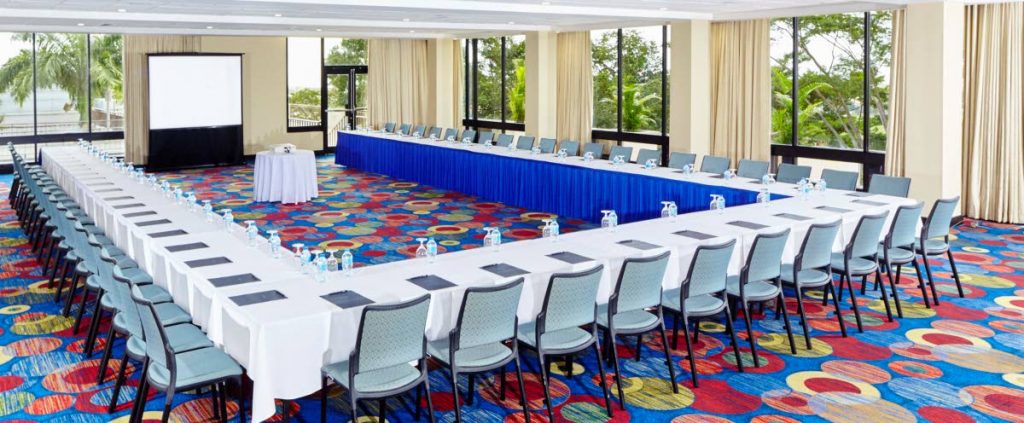
And Hilton does believe it’s been a good investment for them. “We would not be here if it wasn’t. It’s not like a huge money maker but at the same time, we can’t complain either. It’s a strategic location. We want to be in certain areas of the world because that’s where our travellers and members are going so that’s why Trinidad is important for us.”
That said, there are no immediate plans for expanding, at least in the short term. That’s not to say there aren’t plans to expand elsewhere in the regions – there are 35 projects in the Caribbean and some 200 projects in Latin America in the pipeline.
So what’s the plan for the next 57 years in TT? “We want to make sure we stay true to ourselves, make sure we have a very clear vision for all the team where we want to go and focus on that,” Maumaire said. Key to that vision is maintaining that strong relationship with the culture and local people. That, Maumaire believes, is what will continue to help the hotel maintain its edge over the competition. “We are already on the right course and we want to amplify it. Fifty-seven years is not young but we have to renew ourselves without losing our identity. Yes, we have to be modern and relevant but there is history here.”


Comments
"Hilton: A Trinidad hotel"